The ancient practice of علم القزحية is experiencing a remarkable resurgence in the world of alternative health. This diagnostic method, which analyzes patterns, colors, and other characteristics in the iris of the eye, is increasingly being embraced by holistic practitioners seeking comprehensive approaches to understanding health conditions. As conventional medicine continues to advance with technological innovations, many health enthusiasts and professionals are simultaneously turning to this time-honored technique that views the eyes as windows not just to the soul, but to our physical wellbeing.

علم القزحية: The Science Behind Eye Analysis
علم القزحية is based on the theory that each organ in the human body corresponds to a specific region in the iris. Practitioners believe that by examining the colored part of the eye, they can identify potential health issues before physical symptoms manifest elsewhere in the body. This preventive approach to health assessment has captured the attention of those seeking alternatives to conventional diagnostic methods.
The iris contains thousands of nerve endings connected to various tissues throughout the body via the nervous system. According to علم القزحية principles, these connections create a detailed map where changes in specific iris regions may indicate corresponding changes in associated body parts.


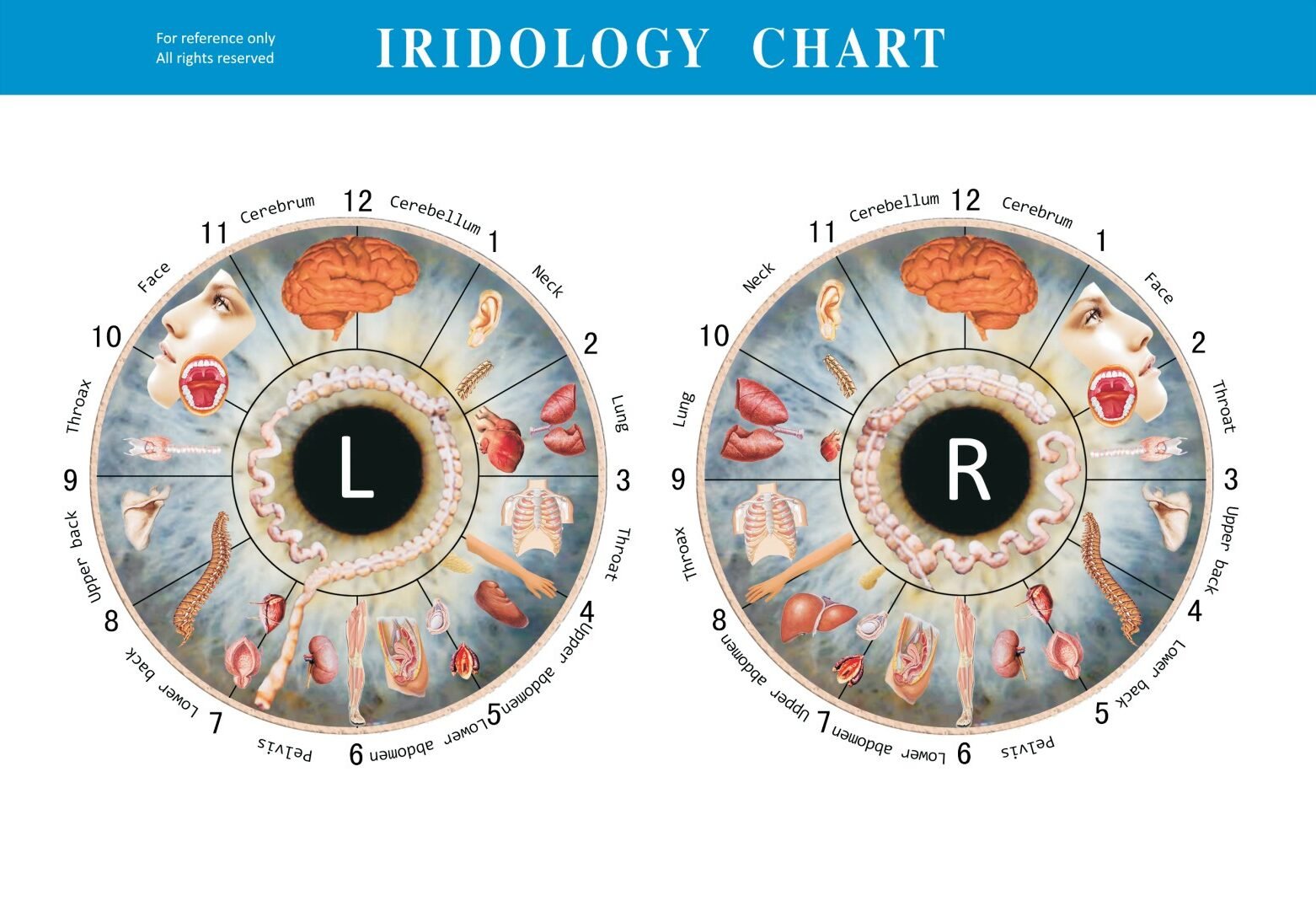
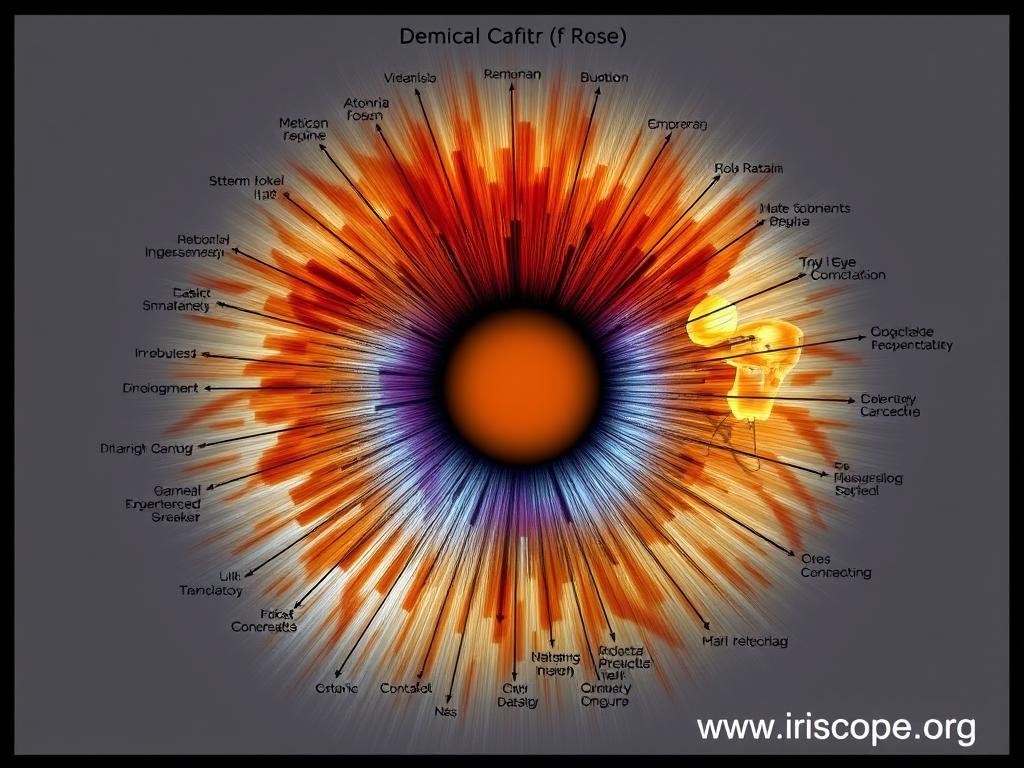
Comprehensive علم القزحية chart mapping iris regions to body systems
Historical Roots of علم القزحية
The foundations of modern علم القزحية are often attributed to Dr. Ignaz von Peczely, a Hungarian physician from the 19th century. As the story goes, von Peczely noticed a dark streak in the iris of an owl with a broken leg. This observation sparked his curiosity about the potential connection between iris markings and physical trauma or illness.
Von Peczely went on to develop the first comprehensive iris chart in 1881, mapping correlations between iris zones and body organs. His work was later expanded by Swedish homeopath Nils Liljequist, who observed changes in his own iris after taking certain medications.
In the 20th century, American chiropractor Bernard Jensen significantly advanced the field by creating detailed iris charts that are still referenced by many practitioners today. Jensen’s work helped popularize علم القزحية in Western alternative health circles and established methodologies that continue to influence modern practice.

Dr. Ignaz von Peczely, pioneer of modern علم القزحية
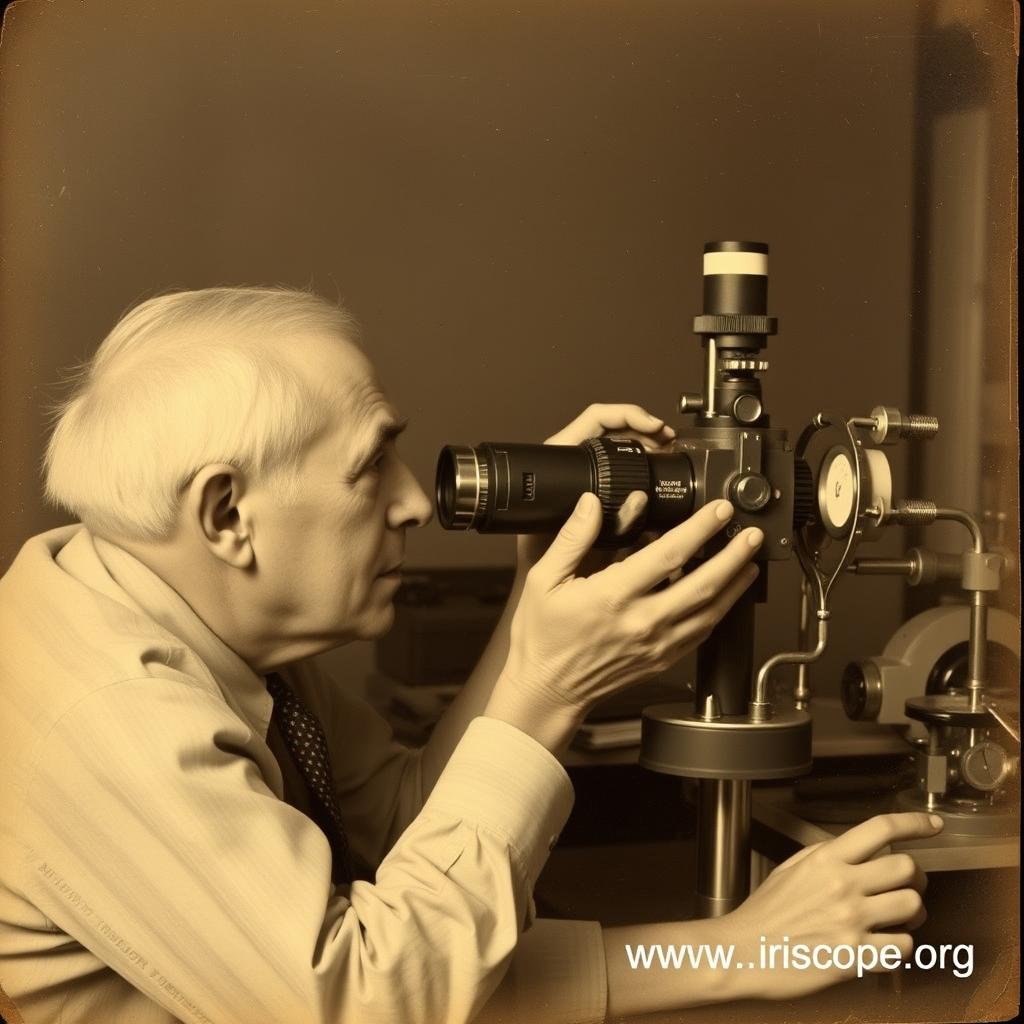
Bernard Jensen, who popularized علم القزحية in America
How علم القزحية Is Practiced Today
Modern علم القزحية has evolved significantly with technological advancements. Today’s practitioners utilize specialized equipment like iriscopios (iris cameras) that capture high-resolution images of the iris. These digital images allow for detailed analysis and documentation of iris characteristics that might be difficult to observe with the naked eye.
ال علم القزحية Examination Process
A typical علم القزحية examination begins with capturing clear images of both irises. The practitioner then analyzes these images, looking for specific signs such as:
- Color variations and pigmentation changes
- Structural features like rings, spots, and lines
- Tissue density and fiber arrangements
- Pupil characteristics and responses
- Sclera (white of the eye) appearance
These observations are then compared against standardized iris charts to identify potential health concerns. Professional iridologists emphasize that this analysis should complement, rather than replace, conventional medical diagnostics.
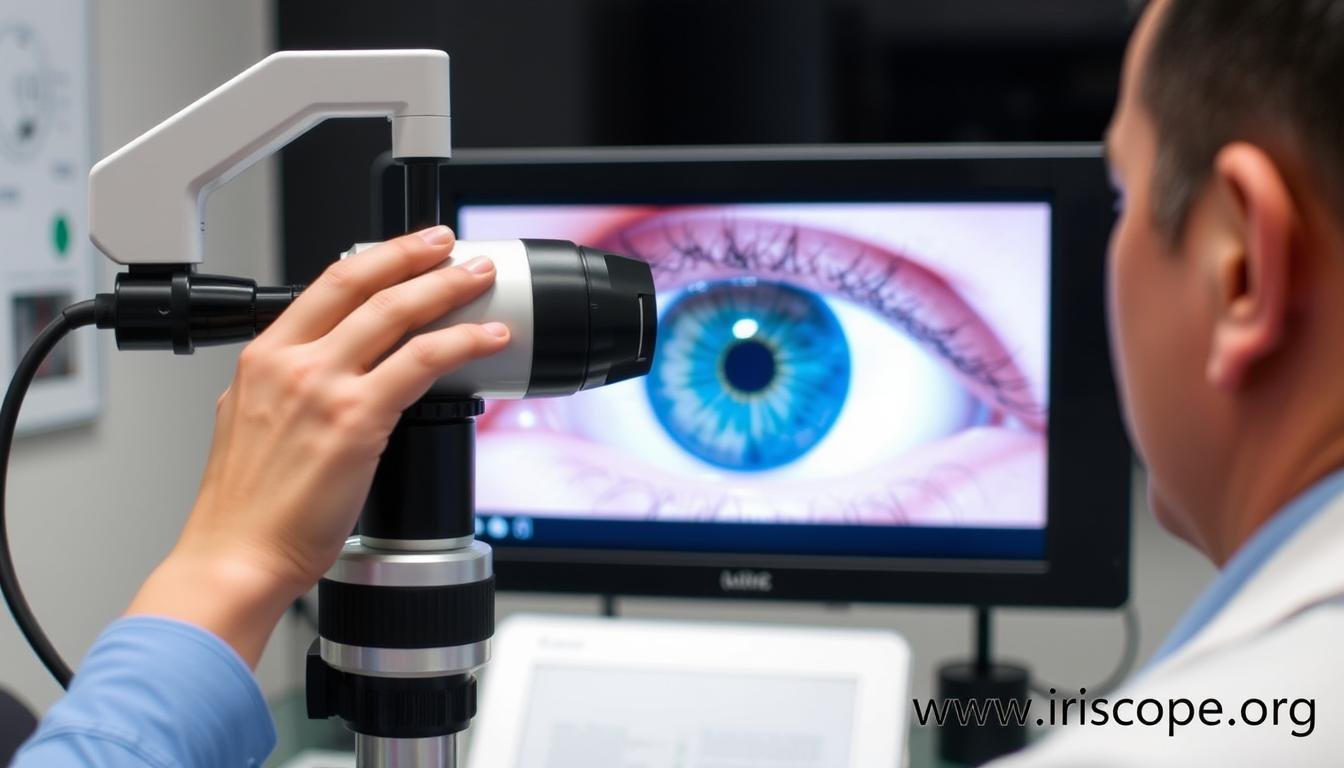
Professional علم القزحية examination using advanced digital equipment
Scientific Perspective on علم القزحية
The scientific community maintains a cautious stance toward علم القزحية. Several studies, including a systematic review published in 1999 in Forsch Komplementärmed and another study in 2000 in the Archives of Ophthalmology, have questioned the diagnostic reliability of iridology when subjected to controlled scientific testing.
Critics point out that the iris structure remains largely stable throughout life, with changes primarily occurring due to injury or specific eye conditions rather than systemic health issues. Additionally, the lack of standardized protocols and varying interpretations among practitioners has made scientific validation challenging.
However, proponents argue that علم القزحية should be viewed as a complementary assessment tool rather than a definitive diagnostic method. They suggest that its value lies in identifying potential areas of concern that warrant further investigation through conventional medical testing.
الفوائد المحتملة
- طريقة التقييم غير الغازية
- May identify potential health tendencies
- Encourages preventive health approaches
- Complements holistic health evaluations
القيود
- Limited scientific validation
- Varying interpretations between practitioners
- Not a substitute for medical diagnosis
- Potential for misdiagnosis if used alone
Applications of علم القزحية in Alternative Health
Despite scientific debates, علم القزحية continues to find applications in various alternative health contexts. Practitioners often use it as part of a comprehensive health assessment that may include other modalities such as nutritional analysis, herbal medicine, and lifestyle counseling.
Common Health Areas Assessed Through علم القزحية
While علم القزحية practitioners are careful not to claim they can diagnose specific diseases, they often focus on identifying potential imbalances in these areas:
الجهاز الهضمي
Assessing potential digestive weaknesses, inflammation patterns, and intestinal function based on specific iris zones.
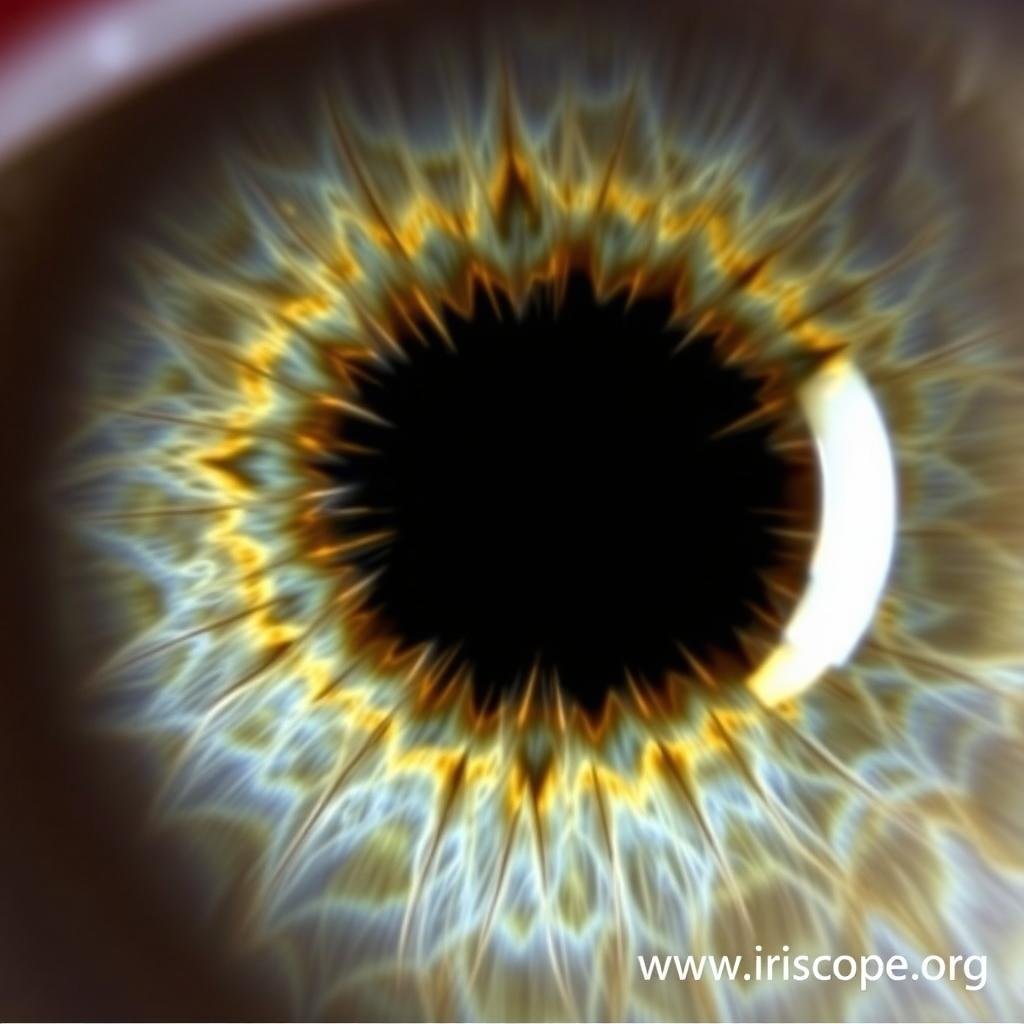
Lymphatic System
Identifying potential lymphatic congestion and immune system challenges through specific iris signs and colorations.
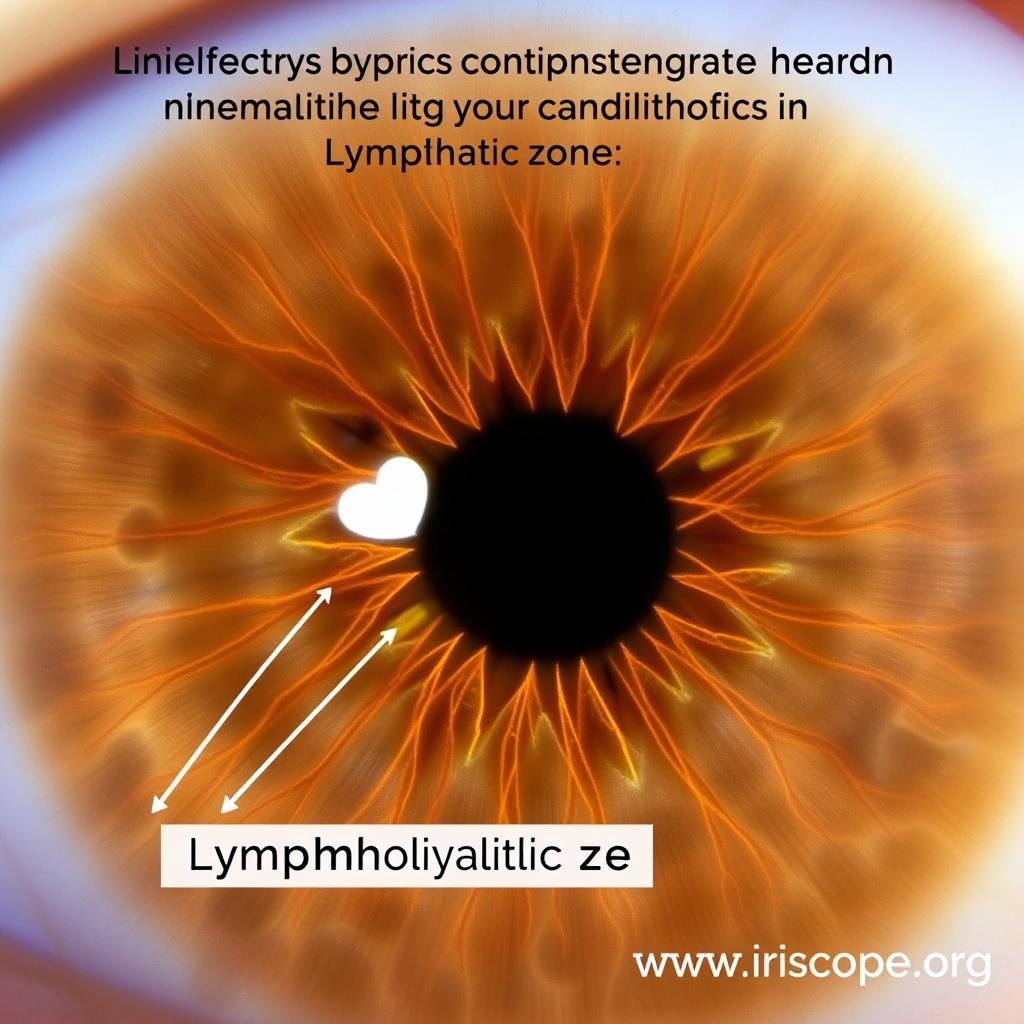
Nervous System
Observing iris characteristics that may indicate stress patterns, nervous system tension, or autonomic imbalances.
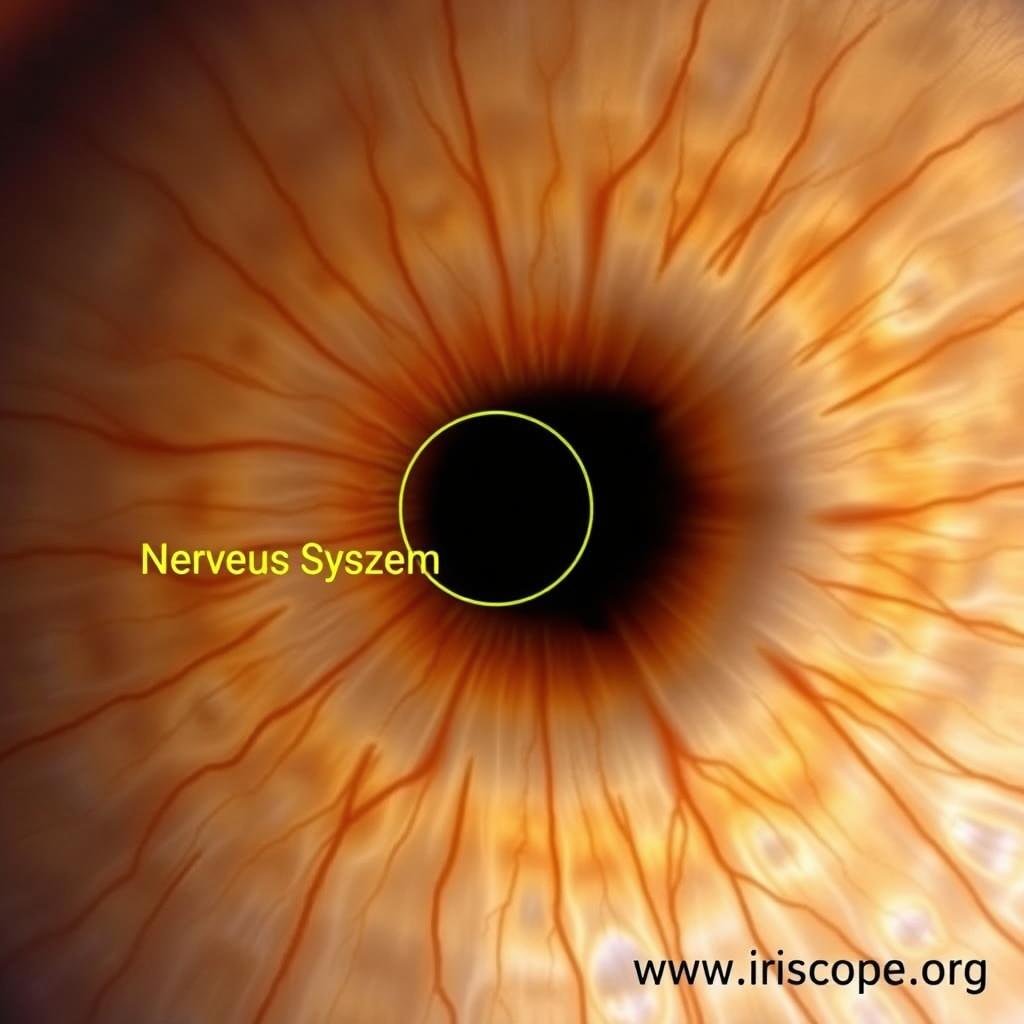
Professional علم القزحية practitioners emphasize that these assessments should be used to guide preventive health strategies rather than to diagnose or treat specific medical conditions. They often recommend following up with appropriate medical testing when potential health concerns are identified.
Professional Equipment for علم القزحية Practice
The quality of equipment used significantly impacts the accuracy and effectiveness of علم القزحية assessments. Modern practitioners rely on specialized tools designed specifically for iris examination and documentation.
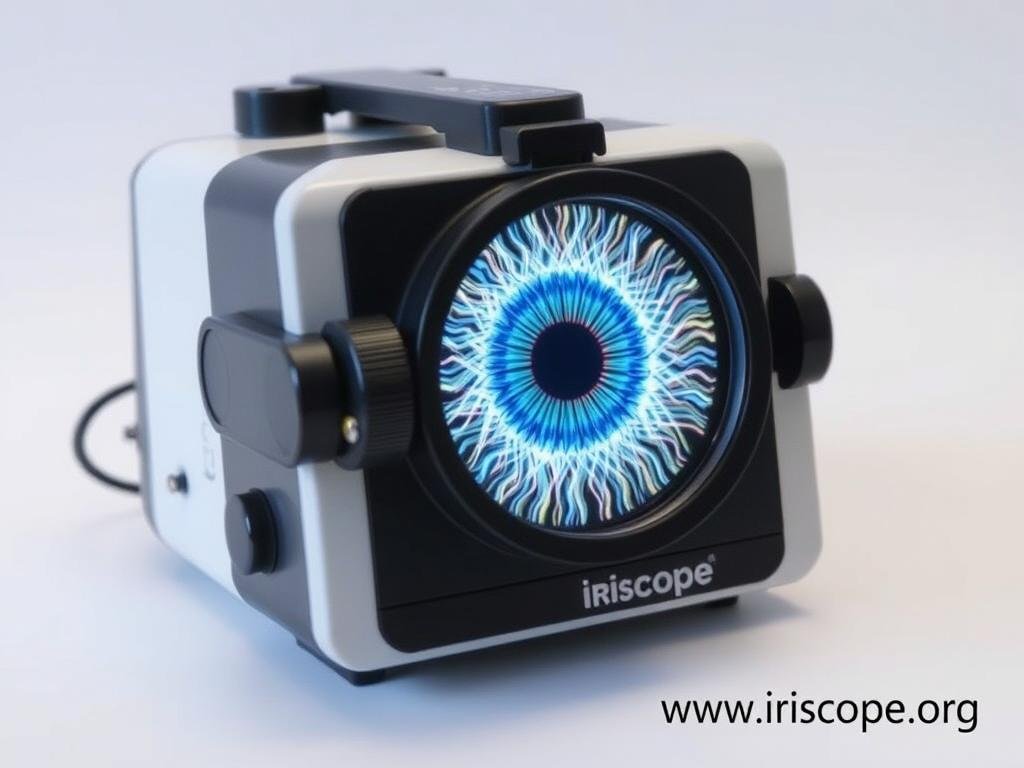
Professional iriscopio cámara for detailed iris analysis
The iriscopio cámara represents the gold standard in علم القزحية equipment. These specialized devices combine high-resolution optics with digital imaging technology to capture detailed iris photographs. Advanced models feature adjustable magnification, specialized lighting to reveal subtle iris details, and software for image analysis and patient record management.
Equipo Profesional para Practicantes de Iridología
Ofrecemos iriscopios de alta calidad diseñados específicamente para profesionales de la salud. Nuestros equipos combinan óptica avanzada con tecnología digital para un análisis preciso del iris.
Consultar Sobre Equipos
Training and Certification in علم القزحية
As علم القزحية continues to gain popularity, proper training and certification have become increasingly important for practitioners. While formal requirements vary by country, several respected organizations offer structured educational programs.
Professional training typically covers:
- Fundamental principles and historical development of علم القزحية
- Detailed study of iris topography and mapping
- Recognition of various iris signs and their potential health correlations
- Proper use of professional equipment like iriscopios
- Ethical considerations and scope of practice limitations
- Integration with other holistic health modalities
Serious practitioners understand the importance of continuous education to stay current with evolving research and methodologies in the field. Many also pursue additional training in complementary disciplines to provide more comprehensive health assessments.

Professional training in علم القزحية techniques and equipment use
كثيرا ما يتم طرح الأسئلة حول علم القزحية
يكون علم القزحية recognized by medical associations?
Most conventional medical associations do not officially recognize علم القزحية as a diagnostic method due to limited scientific validation in controlled studies. However, it is acknowledged as a complementary assessment tool in many integrative and alternative medicine circles. Practitioners emphasize that علم القزحية should complement rather than replace conventional medical diagnosis.
What can علم القزحية potentially reveal about health?
Practitioners believe علم القزحية can provide insights into constitutional strengths and weaknesses, potential areas of inflammation or congestion, stress patterns, and overall tissue integrity. It may help identify areas that might benefit from nutritional support or lifestyle modifications. However, it’s important to understand that علم القزحية does not diagnose specific diseases.
How long does an علم القزحية session typically last?
A comprehensive علم القزحية assessment typically takes between 30-60 minutes. This includes capturing high-quality images of both irises, analyzing the images, discussing findings, and providing recommendations. Follow-up sessions are often shorter, focusing on comparing changes and adjusting recommendations as needed.
What equipment is needed for professional علم القزحية practice?
Professional علم القزحية requires specialized equipment, with the iriscopio cámara being the most essential tool. These devices combine high-magnification optics with digital imaging capabilities to capture detailed iris photographs. Additional equipment may include specialized software for image analysis, reference materials like iris charts, and proper lighting for optimal examination conditions.
يستطيع علم القزحية اكتشاف الظروف الصحية الخطيرة؟
While practitioners may observe iris signs that correlate with certain health conditions, علم القزحية is not considered a definitive diagnostic tool for serious medical conditions. Responsible practitioners will refer clients to appropriate medical professionals when concerning signs are observed. علم القزحية is best viewed as a complementary assessment that may provide additional insights as part of a comprehensive health evaluation.
The Future of علم القزحية in Alternative Health
As interest in holistic and preventive health approaches continues to grow, علم القزحية is likely to maintain its position as a valued complementary assessment tool. The integration of advanced technology with traditional iris analysis methods is creating new possibilities for more standardized and potentially verifiable applications.
While scientific debates about علم القزحية will likely continue, its non-invasive nature and potential to identify constitutional tendencies make it an attractive option for those seeking comprehensive health assessments. As with many alternative approaches, the most beneficial application may be as part of an integrated health strategy that combines insights from both conventional and complementary methodologies.
For health professionals interested in expanding their assessment capabilities, exploring professional علم القزحية equipment and proper training represents an opportunity to offer additional perspectives on client health. As technology continues to advance, the tools available for iris analysis will likely become even more sophisticated, potentially opening new avenues for research and application.
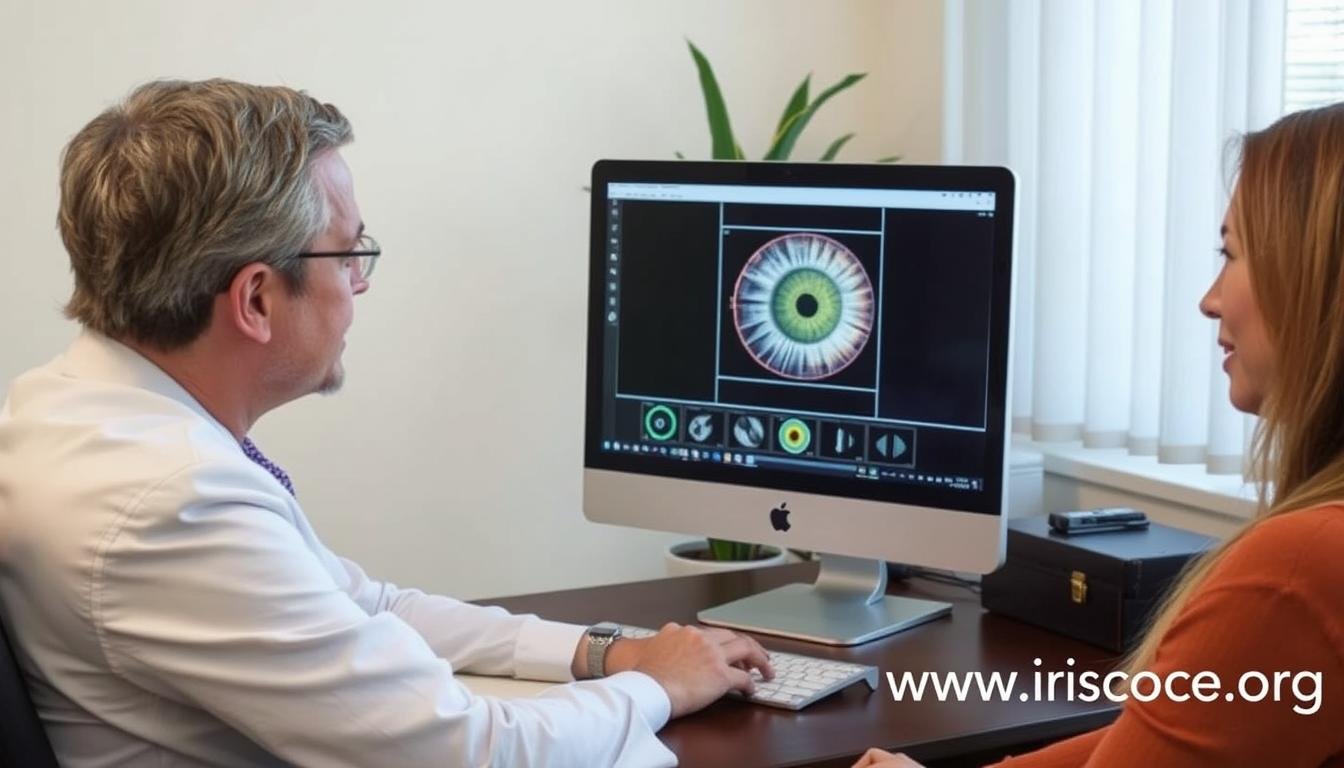
The future of علم القزحية: Integrating technology with traditional knowledge


























